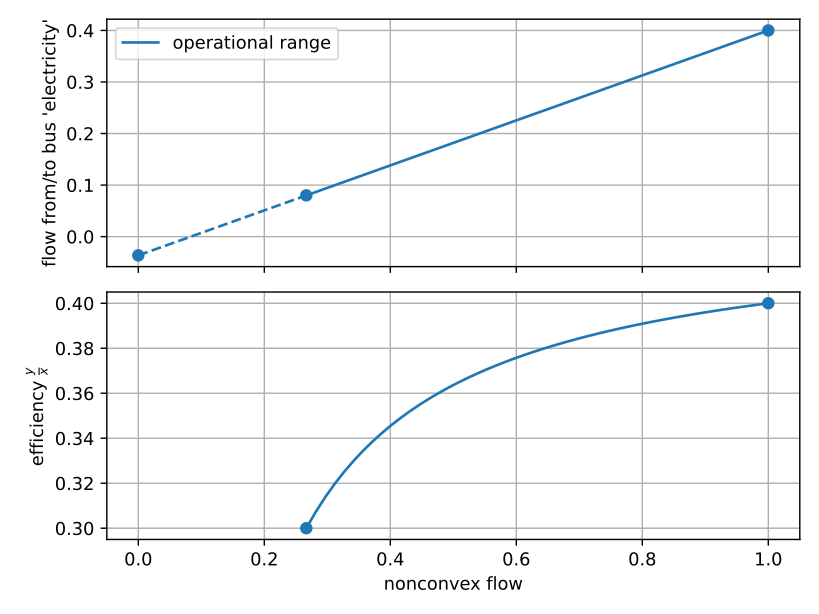Over the past months, we worked on methods to allow adding more structure to energy system models: It should be simpler to group Nodes (such as Sources or Converters). There are several things that benefit from this, for example cellular models or models spanning several geographical regions. Also, there were several implementations building on top of solph that aimed for this very same thing.
So, with oemof.network v0.5.1 (Github, PyPI, Zenodo) and oemof.solph v0.6.1 (GitHub, PyPI, Zenodo) every Node can now have parent nodes and contain sub-nodes. As both can be added after creation, we codenamed the releases “fractal fun”. When using the new function subnode(class_, local_name, ..) (see documentation) to create new Nodes, labels are automatically created that represent the hierarchy.



Helpers for result processing are currently being implemented. A graph visualisation in oemof.visio has already been implemented and is available as a packaged pre-release (GirHub, PyPI). For a brief code example producing the illustrative figures used here, see oemof.visio:examples/oemof_model_subnetworks.py.

